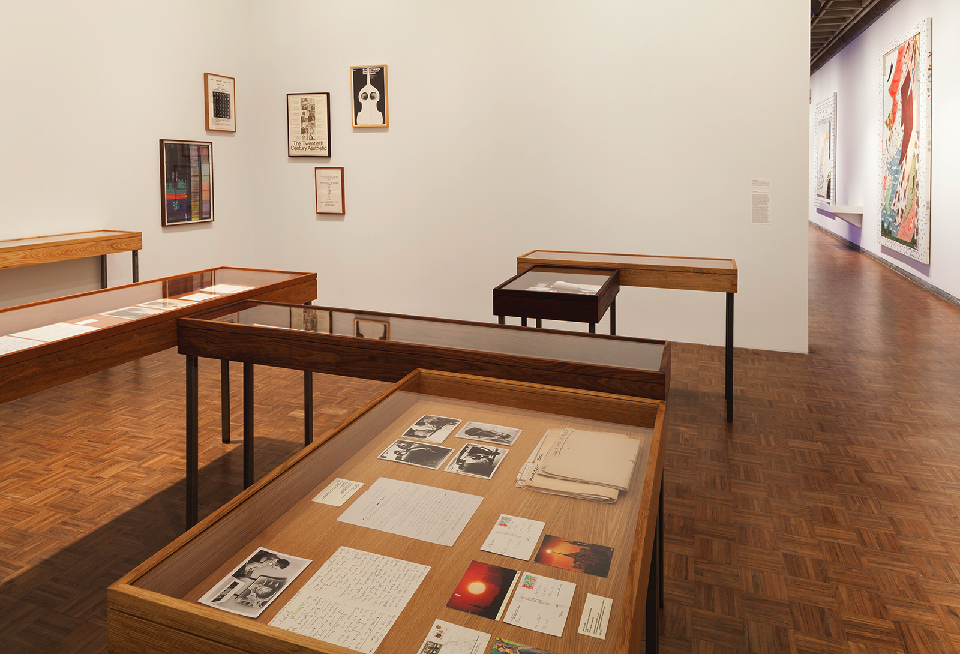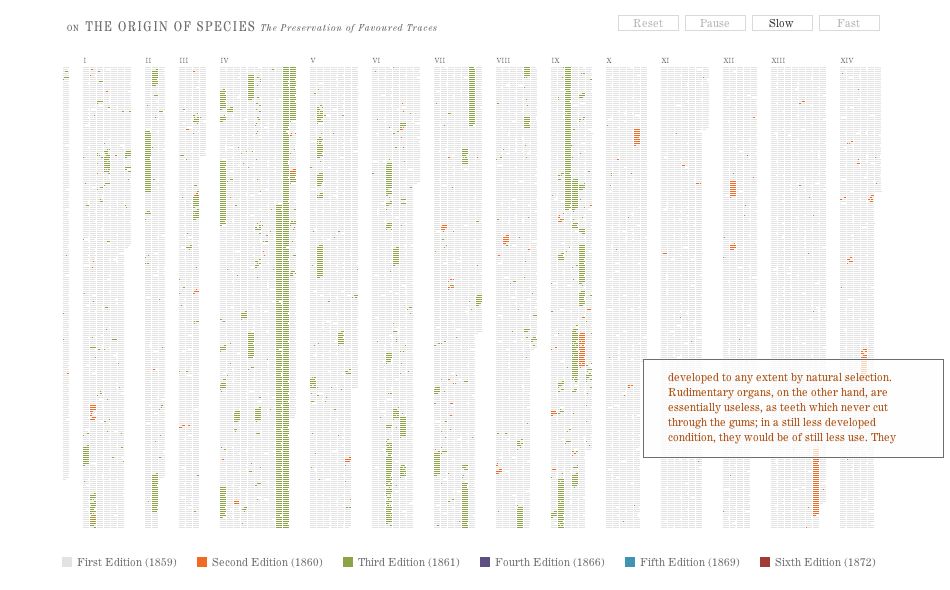The Archive as Artistic Spectacle
Encountering An Archive in a Museum
Recently taking a trip to the 2014 Whitney Biennial, I was drawn in by a piece prepared by Joseph Grigely and Rebecca Morris, which consists of archival materials from the Painter turned Art Critic and Historian Gregory Battcock. Battcock, it is not trivial to mention, was found abruptly and insolvably murdered on Christmas day, 1980.

Here is a little more background and rumination on the narrative intent of exhibiting this archive, though my focus is more on the broader scope of archives embedded as public displays in museums. While this is not a new or rare approach, I think it is an interesting tactic in museum curation.
Encountering the Archive
I am skeptical of contemporary-art for reasons that are beyond this post. That said, I found that this piece accomplished what I think is an important function of a work of art: it compelled me to see something differently (“what are other instances of archival materials in the museum as such and not as evidence for a larger exhibit?”); it brought attention to something I was not aware of (namely, Gregory Battcock); and it dialed in a channel I was not tuned into previously (namely, that the Archive could be out in the open, in the wild, for more than just the researcher and the enthusiast to view).
Beyond these impressions, the encounter brought with it questions of meta-art (or whatever you might call art about art or artists), who is the artist (or rather what is the agent conveying the most significance in this instance: Grigley’s selection? Battcock’s oeuvre? the latter’s tragic end?)?, and, as I’ll consider below, what might be preserved and what preserved objects are interesting to a public audience?
The Archive as Evidence in a Mystery
The Archival space is process and thought laid bare and rough. It is where we find objects like the written notes or quick sketches that beget the final product, the photographs and private communications that accompany ideas or document the context of those ideas. They give background to respected cultural works, allow us to plumb the depths of an artist’s work and philosophy.
Archives are also, in the same sense, a work of archaeology. They are the uncovered artifacts that shore up a hypothesis about how the subject lived and worked, the detrita of an artistic practice that, at times, attempts to cover up its own biographical tracks back to its creator.
Put in yet another way, Archives are a crucial view into the creative process of an artist (or anyone who is important enough to have an archive) that transcends the production and machinations of artistic representation. Aside from what is said of narrative and storytelling, it strikes me more like a natural formation, like water smoothing and carving channels in stone over a long period of time. There is a great deal of potency in the slow, guileless accumulation of personal artifacts never intended to touch the public in the same way that the final work of art is intended to.
The Archive as Art and Preservation Concerns
Though what struck me while viewing this exhibit is the fear that more and more, where work is done digitally - on less reliable storage media than paper, artistic process might become more ephemeral and less telling, less revealing. And I began to wonder how we might capture artistic process as work becomes more digital. With digital tools at hand, we can capture more and we can also produce more. But as the barrier to documentation lowers, it’s easier for us as creators to water down the process of selection. The qualities of discernment and deliberation in the development of art or an idea might become less apparent or obvious.
The Future of The Archive as Public Spectacle
So the original thought that brought me to write this and meander through the above is: What does the public exhibition of the Archive look like in the future (which is a question, at this point, not entirely separated from what the archive, in general, looks like in the future). We are now at a point where notebooks are a bit of an affectation, in a world of Evernote and Google Keep (in addition to any number of other apps with their own particular data structures and policies for export).
So how might we display the digital sketches and notes left by an artist such that it communicates the impressions and opinions we have of their work? Do we exhibit personal harddrives connected to monitors with an interactive display? Do we allow museum patrons to browse diffs for edits in seminal works of an author (I am reminded of this amazing visualization of edits to Charles Darwin’s Origin of the Species by Ben Fry)? Establish a flickr stream of all an artist’s archival photographs? Create an interactive display for browsing the structured data pulled from any number of productivity apps that have come and gone through the course of an artist’s working life?

Some of this leads me then to suggest a need for more data science at the point where the archive meets the museum. Though I am not recommending a complete replacement of Archival and Museum professionals with data scientists. However, it seems that being able to manipulate and communicate large sets of digital information will be a crucial skill set for those attempting to narrate in this space in the future (and currently, it doesn’t hurt to have some of these skills currently). In the meantime, I’ll be keeping an eye out for more and more interesting embeds of archives in the public art space.